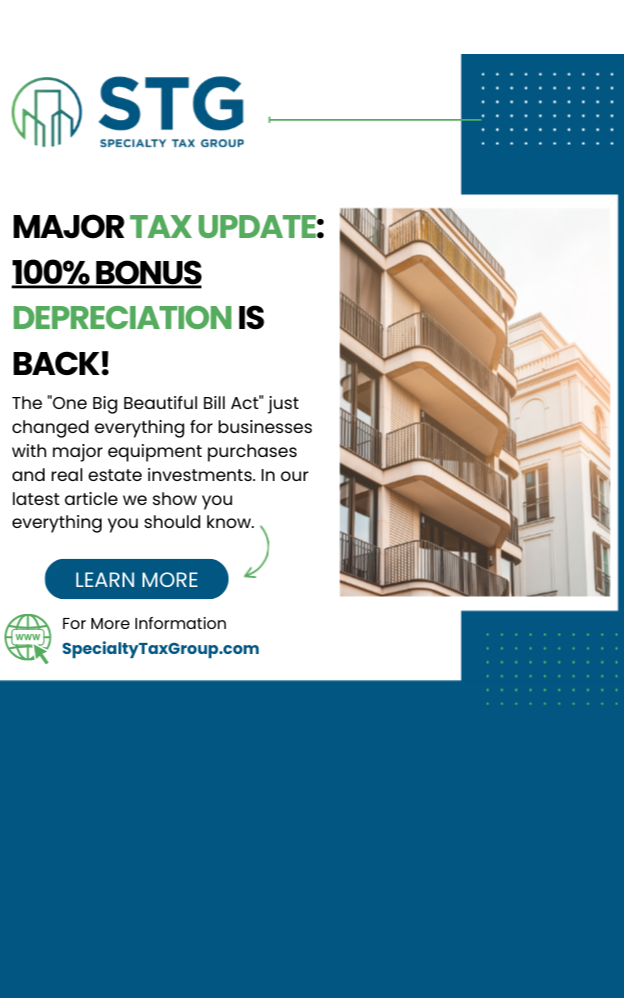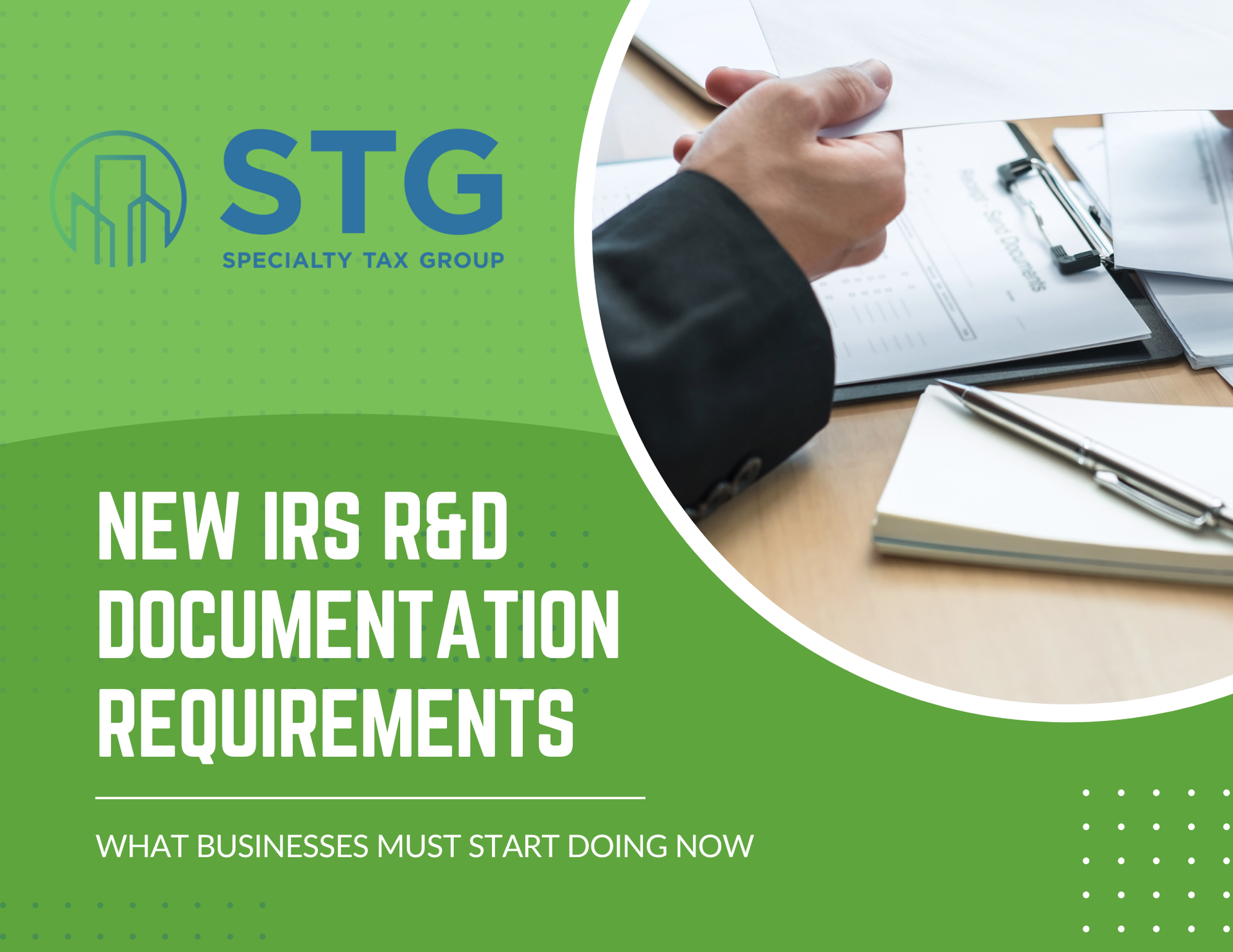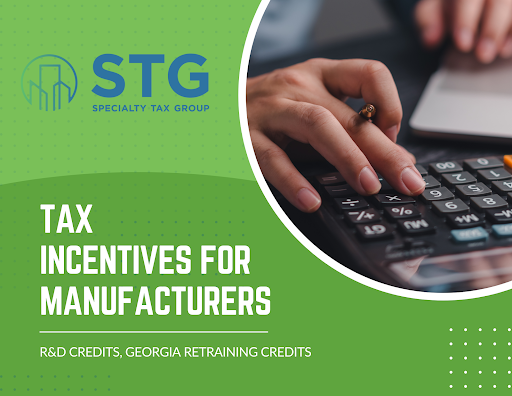This blog post has been researched, edited, and approved by John Hanning and Brian Wages. Join our newsletter below.

The Research and Development tax credit saves businesses a lot of money on their taxes every year. This credit can be used by all sorts of companies, big and small, in almost any industry. If your company puts time and money into making new products or improving processes, you can likely qualify for this credit. Since it lowers your taxes, you can use those savings to grow your business and compete better in your industry. The lower taxes also help with cash flow.
What is the Research and Development Tax Credit?
The Research and Development tax credit is an incentive offered by the federal government to encourage businesses to increase efforts in developing and improving processes, software, techniques, and products. The goal of the tax credit is to keep the U.S. a strong competitor in the global marketplace and increase innovation.
Research and development for companies is a risky and expensive endeavor that can put a financial strain on a company, hindering the effort to improve processes and products. The costly efforts involve hiring more qualified staff members and acquiring equipment, and dedicating time, which can all add up to significant expenses that some companies struggle to meet. The Research and Development tax credit addresses these risks and financial strains and helps provide financial relief that takes the burden of the risk off the company.
There is a four-part test the IRS conducts through data science and data analysis to determine companies that can claim the credit, including:
Permitted Purpose – The activity conducted must relate to new or improved business components that increase function, performance, reliability, and quality.
Elimination of Uncertainty – The development must have faced technological uncertainty during the design or development of a business component.
Technological in Nature – The businesses components must be based on a hard science such as physical or biological science, engineering, or computer science.
Process of Experimentation – The business must have conducted multiple design alternatives and evaluated trial and error approaches to attempt to overcome technological uncertainty.
The Tax Relief for American Families and Workers Act of 2024 proposes significant changes to the R&D Tax Credit, including allowing for the immediate deduction of R&D expenses incurred between the end of 2021 and the start of 2026.
Research and Development Tax Credit Benefits
The dollar-for-dollar tax savings help to reduce a company’s tax liability, and there is no limitation to home much of the credit can be claimed every year. Any unused credits can be carried back or forward one year for up to 20 years, although each participating state has its own carryover rules.
The R&D tax credit helps boost the economy by encouraging innovation within businesses across all industries, including agriculture, manufacturing, architecture, engineering, construction, health care, and more. It can reduce a company’s tax bill and is a strategic way to improve tax flow, allowing for reinvestment in operations and growth.
For tax years beginning after 2022, the maximum amount of payroll tax research credit a small business can apply against payroll tax liability has increased to $500,000.
The total number of R&D tax credit claims for the tax year 2021 to 2022 is estimated to be 90,315, reflecting a 5% increase from the previous year, with a total R&D expenditure of £44.1 billion.
How to Claim the Research and Development Tax Credit
While any company may qualify for the tax credit, it does require an in-depth evaluation of the research activities and should be supported with reports and proper documentation. It’s well worth the effort to reduce the financial burden, improve processes and products, and increase cash flow.
2024 Tax Guide





